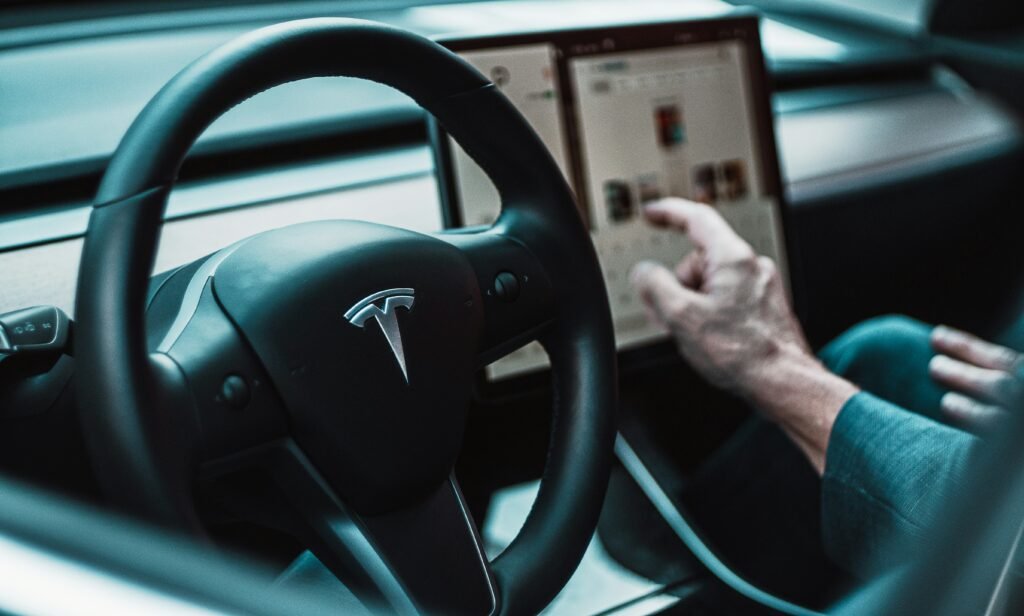When it comes to owning a car, today’s options go far beyond the traditional purchase. Nowadays, there are formulas such as renting and leasing that have gained popularity among individuals, self-employed and companies. The choice depends on factors such as the economic situation, the use to which the vehicle will be put and the flexibility sought.
In this article we analyze in detail what each modality offers, its advantages, disadvantages and which type of driver can benefit most from each option.
Buying a new car.
The classic purchase remains the most common among those who wish to own a vehicle as a long-term investment.
Pros of buying a new car:
- Absolute ownership: from the first day the car is yours and you do not have to return it.
- No mileage limit: you can use it as much as you want without contract restrictions.
- Customization: you can modify it, paint it, install accessories or sell it whenever you want.
- Long-term profitability: if you keep it in good condition for many years, the purchase is usually cheaper than other formulas.
- Flexible financing: today there are installment payment options, with variable interest rates that can be adapted to every pocket.
Cons of buying a new car:
- High initial investment: this is a significant upfront cost, especially if there is no financing.
- Immediate devaluation: a car can lose between 15% and 20% of its value in the first year.
- Additional costs: insurance, taxes, servicing, maintenance and possible breakdowns are your responsibility.
- Less flexibility: if your needs change (for example, from a city car to a family car), you will have to sell it or change it at a loss of money.
👉 Practical example: if you are someone who will use the car for 10 to 12 years, making the initial investment may be more profitable in the long run.
Renting.
Leasing is a medium or long-term rental contract (usually between 2 and 5 years), in which you pay a fixed monthly fee that includes almost all the costs associated with the vehicle.
Pros of leasing:
- Total peace of mind: the fee includes insurance, maintenance, breakdowns, taxes and roadside assistance.
- No big outlay: you don’t need a big down payment to own a new car.
- Frequent renewal: you can have a new car every few years without worrying about selling the previous one.
- Simple management: especially useful for companies that need fleets without the hassle of paperwork.
- Cost security: as it is a fixed fee, it is easier to organize your monthly budget.
Cons of leasing:
- No ownership: at the end of the contract, the car is not yours.
- Mileage limit: exceeding the agreed maximum may result in additional costs.
- Penalties: if you terminate the contract early, penalties are usually applied.
- Cumulative price: if you keep a lease for many years, it can be more expensive than buying a car.
👉 Practical example: ideal for those who prefer to change cars every 3 or 4 years, or for those who don’t want to worry about unforeseen mechanical issues.
Leasing.
Leasing is similar to renting, but with a big difference: when the contract ends, you have the option to buy the car by paying a previously agreed residual value.
Pros of leasing:
- Reduced entrance fee: you do not need to pay for the whole car at the beginning.
- Possibility of purchase: at the end of the contract you can keep the car by paying the final amount.
- Tax advantages: especially interesting for the self-employed and companies, since the contributions are tax-deductible.
- Intermediate flexibility: combines the best of leasing (easy use of the car) with the option of future ownership.
- New or pre-owned cars: gives you access to recent models with modern technology.
Cons of leasing:
- Contractual obligation: you must fulfill the contract to the end.
- High purchase cost: the final payment can be high and in some cases not very profitable.
- Mileage restrictions: similar to leasing.
- It is not immediate: the car is not yours until you pay the residual value.
👉 Practical example: useful for freelancers who need a car for work and want to decide later whether to keep it or trade it in.
Which option to choose according to your profile?
- New car purchase: recommended if you are looking for stability, want to have a car for more than 8 years and prefer to feel it as a long-term investment.
- Renting: the best choice if you value comfort, prefer to change cars frequently and do not want surprises in maintenance costs.
- Leasing: a balanced option if you do not want to make a large initial outlay, but you are interested in the possibility of owning later on.
Conclusion.
There is no perfect option for everyone. Each modality responds to a different profile: buying offers ownership and freedom, leasing guarantees comfort and freedom from worry, and leasing offers flexibility with the option to buy.
Before deciding, analyze how long you plan to use the car, how many kilometers you drive per year and what is your economic capacity. Only then will you be able to choose the formula that really fits your needs and lifestyle.


